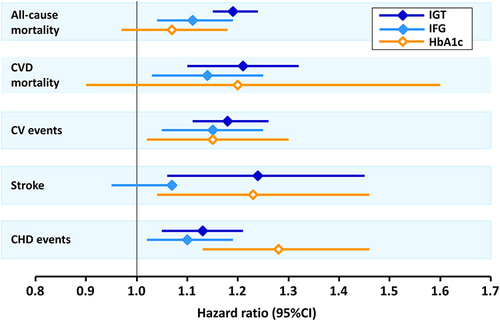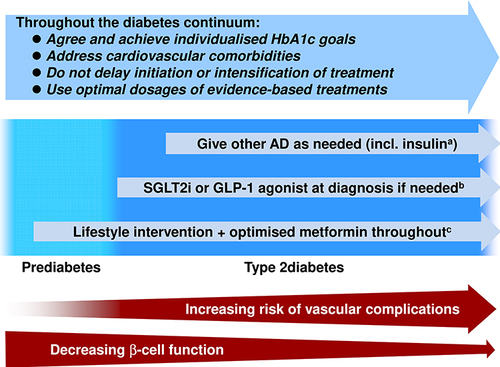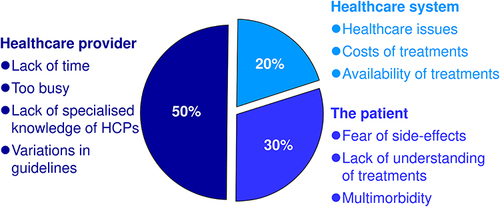Figures & data
Table 1 Diagnosis of Prediabetes and Type 2 Diabetes
Figure 1 Associations between different definitions of prediabetic states and adverse macrovascular outcomes from a systematic review.

Figure 2 Schematic representation of key goals in managing the diabetes continuum.

Table 2 European and US Guidance on the Use of Metformin to Prevent or Delay the Onset of Type 2 Diabetes
Figure 3 Principal sources of therapeutic inertia: contributions from the healthcare system, healthcare providers, and the patients themselves.

